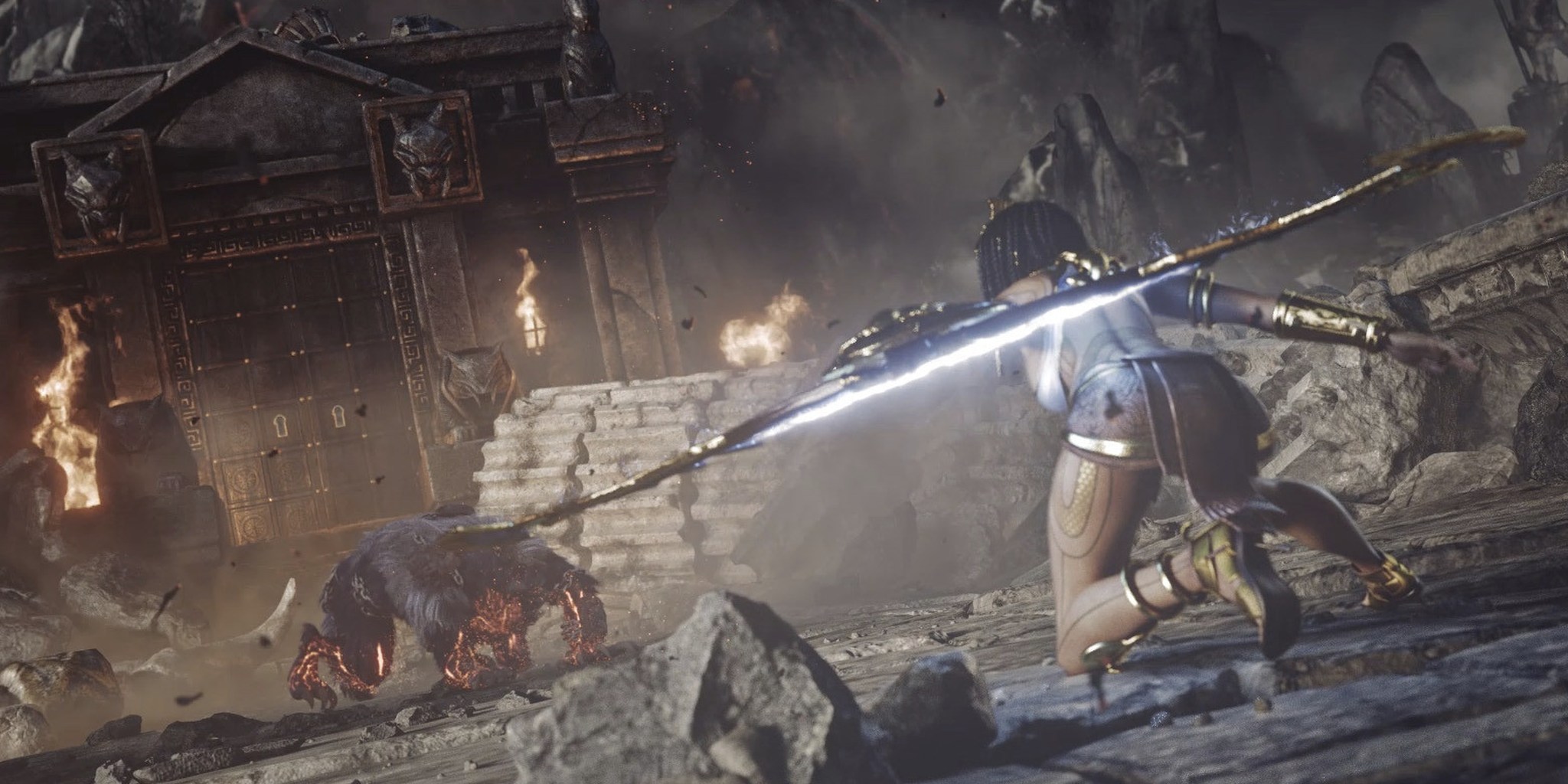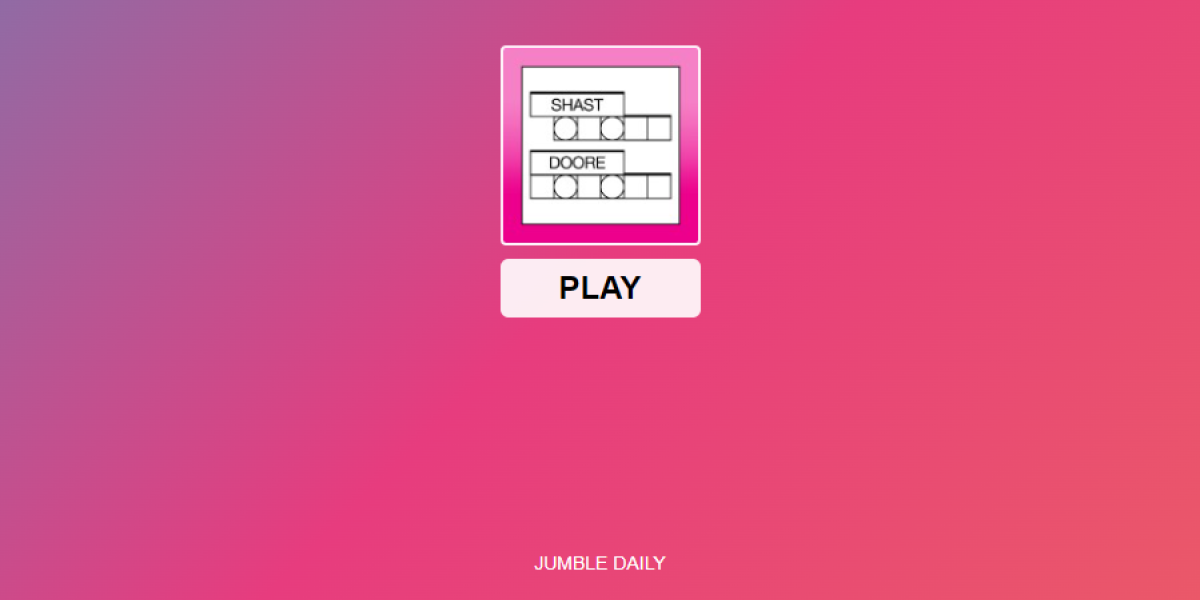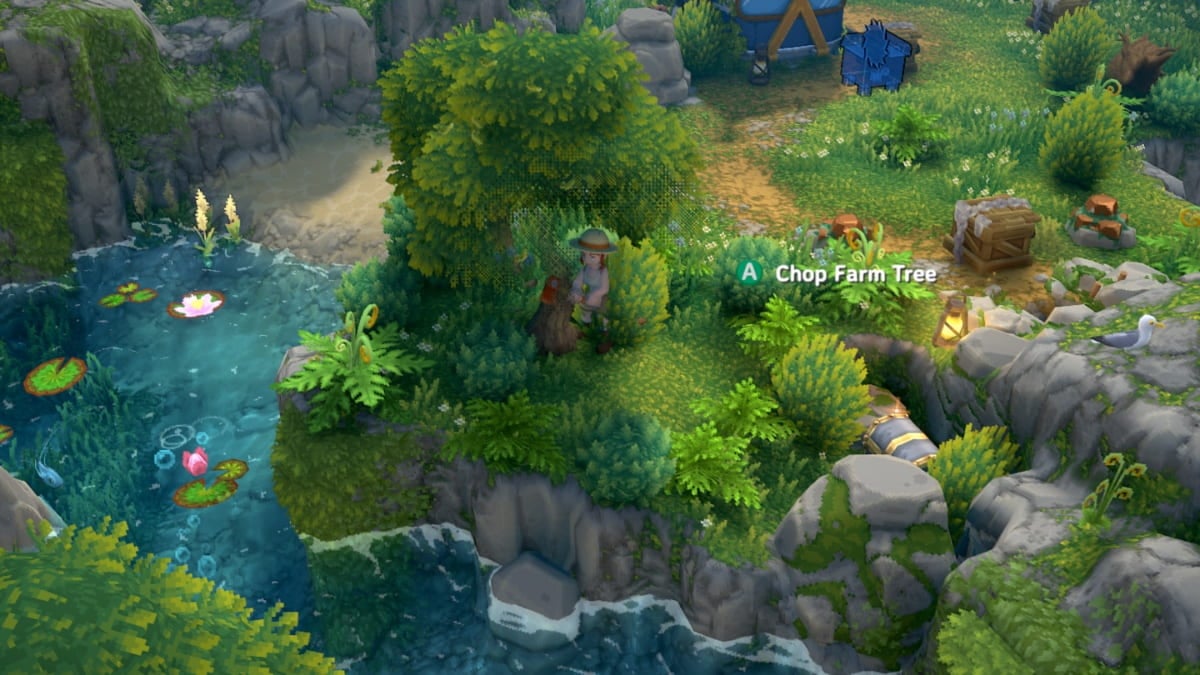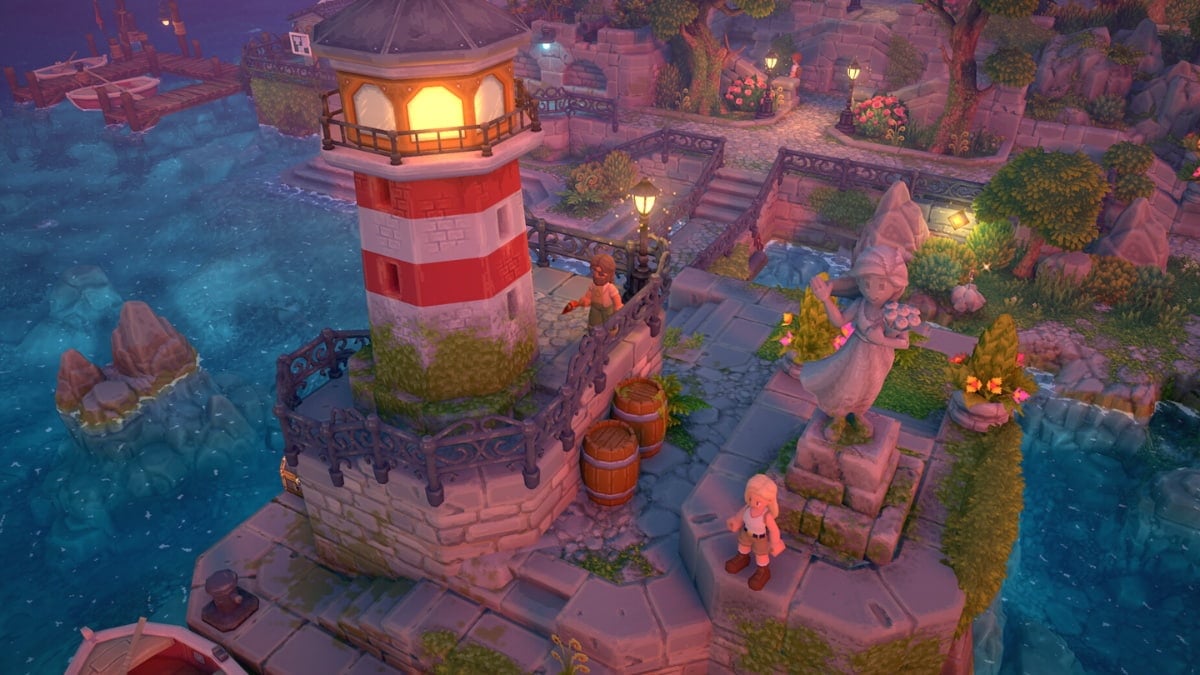One of the three biggest esports events ever launched earlier today.
The $2.6 million Smite World Championship is the crowning event on a breakout year for the hottest new esports.
Smite places players in the role of gods from mythologies with roots across the globe in a five-versus-five battle. It’s a multiplayer online battle arena similar to League of Legends and Dota 2 with an important twist: Smite is played with a third-person camera and shooter-like controls, where even auto attacks must be carefully aimed. That’s a unique formula perfectly situated for esports.
What’s also unique is the support developer HiRez Studios has placed behind the esports side of Smite. It hosted weekly tournaments with cash prizes early in development process, eventually building into a Smite Pro League and now one of the biggest events ever.
The Smite World Championship was funded by a $600,000 contribution by the developer, but also the fans themselves. Every purchase of The Odyssey—a 21-week event that introduced new in-game items for sale every week based off a trip through different mythologies around the globe—contributed to the prize pool. Fans contributed over $2 million to the final total.
That’s a unique formula perfectly situated for esports.
It’s similar to the crowd-funding strategy Valve used to fund their record breaking $10 million The International this year, but Smite and HiRez Studios are showing it can work for a smaller esport, with the right approach.
HiRez Studios co-founder and COO Todd Harris talked to the Daily Dot earlier this week about his company’s commitment to esports and the Smite World Championship. We had plenty to talk about with Harris. You can expect the second half of this interview to come out in the coming days.
When did Hirez Studios first get on the esports bandwagon? Was there a moment you decided that hey, this is a thing we need to do?
Even before thinking about esports, it was more the case that we just wanted to make online games that were played competitively. That’s just kind of in our DNA. The studio was founded in 2005 and we’ve made three games to date, Smite being our third, and all of those games were really focused on online [player vs. player] with an eye towards competitive play.
The first game, Global Agenda, was a shooter MMO that had a bunch of features but its core was class based PvP.
The second game was Tribes: Ascend, which was always known as a competitive game. Tribes. That was ONLY PvP, multiplayer online. In addition to having a dev team interested in multiplayer, some of the esports-oriented folks joined our studio kind of because of a love of Tribes and being active in that scene. Specifically like Bart [Koenigsberg], who manages our esports, and Adam [Mierzejewski], who manages our tournaments, were both active in Tribes.
So from the very beginning, we wanted Smite to be a competitive multiplayer game.
Was that a reason why you guys decided on the MOBA, a genre specific to competitive multiplayer gameplay?
Smite started as a prototype game mode for Global Agenda, believe it or not. Global Agenda was a class-based first person shooter. We were experimenting with a game mode that had towers and lanes and it was really fun. That was really the origin of Smite. It was fun enough that we thought it could be its own game. We changed the theme for a number of reasons to gods and goddesses, and that birthed Smite.
It was really us, as a shooter developer, starting out and finding a game mode similar to other MOBAs, rather than starting out as a MOBA.
With Smite we have something with the individual skill associated with shooters but also the teamwork and strategy associated with MOBAs. That’s one of the reasons its finding an esports audience.
Smite got started young in esports, with weekly tournaments featuring cash prizes early in the development cycle. What was that process like, and what did you guys take away from it?
Very early in the beta we started weekend tournaments: $1,000 on Saturdays for North America, $1,000 on Sundays for Europes. Those continued to grow and grow. I think they were very helpful in establishing the esports scene, for a number of reasons.
First it verified that teams were actually interested in playing the game competitively. People were showing up regularly and the team count was growing.
Second, the feedback from those tournaments was helpful to our design team from a balance perspective. You could see which gods were viable and which were not.
Third, all of the esports features, such as the spectator mode, the demo system, the statistics available to shoutcasters; those take a while to develop so we could build those and use those every weekend and get feedback and improve.
It was very helpful that we started that esports activity during beta.
When you set out to do those weekly tournaments, is it just kind of something you want to do? Are you expecting a specific return on investment?
The return as far as balance was pretty clear. We knew involving competitive players in the process early would produce a better game. So that part was clear.
“The core gameplay of Smite is satisfying a little different itch for players since it combines a shooter and a MOBA.”
The return on the marketing side from esports in general is less easily quantified. As a company you have to figure out the best way to engage in your community. For us, esports is just kind of a natural fit. It fits the kind of games way we make games as a studio. It’s not as if we set out to make a game, and then saw that esports was working and thought we could add an esports layer to a game. No game has done that successfully. So it starts with a game that is meant to be played competitively.
Riot Games says that their investment in esports is a loss for the company, which on the bottom line it probably technically is. They say they do it for the community, but it probably provides other hard-to-quantify benefits.
It’s hard to quantify because at this point any particular event is going to be a loss. But you have to think about it in the context of the game’s health overall. I think that whether it’s Smite or other successful esports, having the esports scene does help with a segment of players as far as retention. And if people are more attached to the game, they’ll stick around longer, they’ll be more satisfied with their purchases in the game. So it is a loss, on an event basis, you kind of have to take it on faith that it’s a better use of your marketing funds compared to other things you could be doing for marketing. TV commercials, for example.
How about your playerbase: In June, you told Red Bull your playerbase would rank around 10-12 on the daily Steam player count.
At this point I think we would bump that up to about top 5 on Steam.
I’ve got the Steam stats page up right here. So about 60k peak each day?
Again, I can only say top five. But you’re in the right ballpark.
It’s hard to ignore this-record setting tournament. But it doesn’t seem like you have the playerbase to support something this big. Counter-Strike: Global Offensive, League, Dota, all these games are much bigger than third on the Steam list. I played TF2 competitively, it has more users, and we couldn’t get a competitive community going. Is there something different about Smite, or the approach you guys have taken to esports, that makes this possible?
We are smaller than some of those other games in player population. But we’re also much newer. We’re just out of the gate in as far as just being released, so I think it just shows the very strong momentum and potential that Smite has as an esport in that it’s getting this kind of visibility and community support, punching above its weight. That’s one of the things that makes us optimistic as we grow the game into other geographies and other platforms.
We’re new and unlike a lot of those games, we’re really primarily North America and Europe only. We’re beta in China but haven’t launched the game in China, which is obviously a huge esports market—and market. For us it’s exciting to see the potential. It’s in this top tier as an esport but it has this potential to grow.
What might we be doing differently with regard to esports? Two things I’ll mention.
One, it speaks loudly to the power of crowdsourcing, which Valve certainly did as well. I think there’s a big lesson there that’s not specific to Smite. Even with a smaller community, crowdsourcing drove our original SWC prize pool from $600,000 to now four times that, $2.5 million right now.
Two, the core gameplay of Smite is satisfying a little different itch for players since it combines a shooter and a MOBA.
When esports tournaments are funded with things like The Odyssey or the Compendium in Dota 2, it’s hard to understand how much of the crowdfunding response is based off the actual esports event versus the items themselves. Could this create a bit of an esports bubble, where the demand for items is higher than the actual support for esports?
I agree with you, but I think it works because people want the items and its amplified because it’s going to a cause that they also support.
“From the very beginning, we wanted Smite to be a competitive multiplayer game.”
In terms of an esports bubble, I would say that, certainly for next year, we would probably not design something with a mind that it needs to be higher. We would want it be in the same ballpark and that would be more than good enough to support the esports activity.
Ultimately the money can be sourced a number of different ways, but the teams and players really just want enough potential so that it can be a professional career for them. I think there’s multiple paths to that goal, but as long as there’s enough money to satisfy that goal, that lets the esports ecosystem continue.
At PAX Dustin Beck, Riot Games’ espors czar, told me that one reason why Riot Games doesn’t use a crowd funded model is that it couldn’t guarantee year-to-year sustainability. If next year’s prize pool is smaller, it damages the health of the scene.
Is there any worry that could be the case with Smite? Doest next year need to top this year for it to be a success?
I think the setting of expectations is important for the teams and players. In the case of Smite, the total esports payout for Season 1, we would want to have that ballpark for Season 2 and I feel confident we will be able to do that. Then it’s just kind of an implementation question for every company around how they want to do that.
So basically, even if you don’t have the crowdfunding, you’re confident you’ll be able to pay out a similar amount over the course of the year?
I would say again I’m confident we can deliver the same annual payout. That can be generated a number of different ways.
Something that doesn’t get mentioned much is how much the developer takes with these crowdfunding efforts. Valve made $30 million on The International 4, so while the community funded a massive esports prize pool, the company took home much, much more. Obviously you guys aren’t making anywhere near that off this tournament, it won’t cover nearly as much of the expenses as Valve’s did. It’s not a consistent stream of revenue, but is this a way to make esports profitable for developers? How does this affect the equation for developers?
Some portion of that virtual item content would be purchased either way, because people want the content. Whatever percentage you want to put on that, 50 percent, whatever you want to say. In our case, the contribution from purchases was much closer to about 50 percent of the money given. [Valve took home 75 percent of every compendium sold.]
If the question really is what funds esports events long term, I think it’s more about having an audience big enough so that sponsors and advertisers want to help promote the event the same way they support television programming for instance.
It seems like those television advertisers are a little bit behind the teams, considering the numbers Twitch is getting.
There’s a big education component. Many of the people that control those marketing budgets just still need to be exposed and educated around the size and high engagement level of live stream audiences. Certainly the last two years have opened a lot of eyes. The growth, the acquisition of Twitch that made headlines. All those things are helping.
We’re seeing a lot more interest from consumer brands that want to understand more about esports.
Screengrab via HiRez Studios/YouTube






Published: Jan 9, 2015 04:01 pm